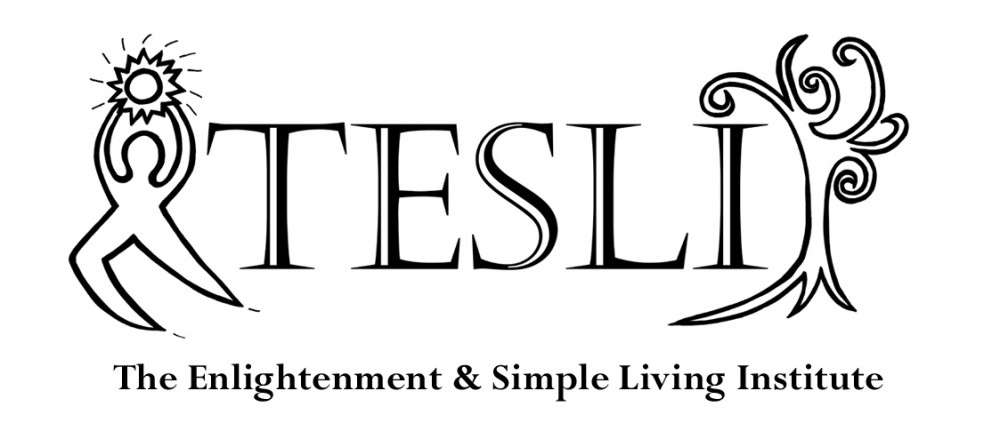 Moods intrigue me. I woke up this morning and headed out for a morning walk just before dawn. I was, as always, watching myself. I was in a foul mood. I didn’t want to get up and I didn’t really want to be walking. The thoughts that kept arising were predictable and almost humorous.
Moods intrigue me. I woke up this morning and headed out for a morning walk just before dawn. I was, as always, watching myself. I was in a foul mood. I didn’t want to get up and I didn’t really want to be walking. The thoughts that kept arising were predictable and almost humorous.
I was miserable and the weather was no good (actually perfect: clear, sunny, and about 40 degrees). I could be satisfied by nothing including the nice warm coat I was wearing (scratching my neck). I did not give much energy to the thoughts that would pop into my mind and decided to just be in my state of blues.
After I walked for about a half an hour on the Sanitas Valley Trail (trailhead just a few block from where I was staying in Boulder, CO) I noticed a heaviness in my heart. I was walking quite slow on a fairly flat trail, but I could feel that my heart was not functioning properly. Physically my heart is in great shape, but I am aware that a certain number of heart attacks are caused by emotional, and not physical, effects. I could feel that it was not pumping adequately and that my blood pressure was just a tad low. I breathed energy into the area and kept walking.
Finally I came to a lovely spot in the sun overlooking the entire city of Boulder and beyond. Nestled in the boulders I had done my morning Chi Gung exercises here yesterday. Today, I just lay down on the rocks. No energy for anything else.
The pressure in my chest was still there, so I did an advanced Thetahealing technique called heart toning. This lifted the pressure within minutes. I then proceeded to clear my energetic field of negativities. I am aware that being negative can attract more negativity and that picking up negativity can subsequently make one negative. In either case, I used Thetahealing to clear myself.
Although I was resolved to just be in  whatever state I was in, the energetic work shifted everything. I felt connected to all-that-is and energized. I got up and did Dragon and Tiger Chi Gung and even the Eight Brocades Chi Gung that I rarely find the time or energy to do.
whatever state I was in, the energetic work shifted everything. I felt connected to all-that-is and energized. I got up and did Dragon and Tiger Chi Gung and even the Eight Brocades Chi Gung that I rarely find the time or energy to do.
The day suddenly seemed marvelous. Moods seem so arbitrary and transient, yet it is so easy to give them more weight and attention than they deserve. Thought for the day: What would true freedom from moods be like?
